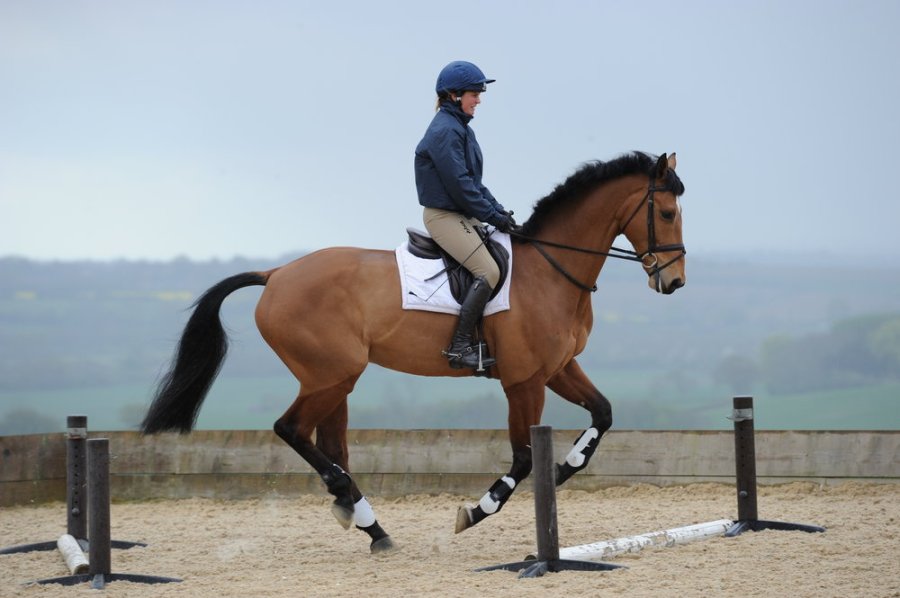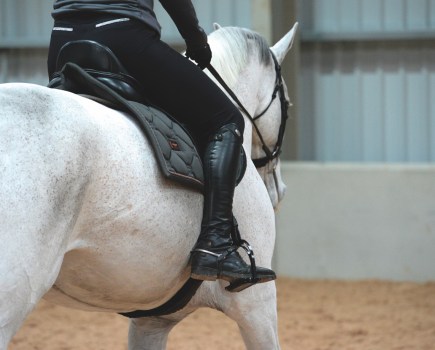Confuse extended walk with a free walk – or maybe you’d like to improve your medium canter? Whatever your aims, dressage rider and trainer Emma Woolley will help unveil your horse’s best paces.
Canter
- Canter is a three-beat gait followed by a moment of suspension when all four feet are off the ground.
- The canter can either be true – leading with the left leg when on the left rein; or counter – leading with the left leg and staying flexed towards the left leg when cantering to the right.
Working canter is a pace between the collected and medium canter in which your horse, if he’s not yet trained and ready for collected movements, shows himself properly balanced.
Medium canter is a pace between the working and extended canter. It’s a longer version of working canter and covers more ground because your horse’s stride and frame lengthens.
Collected canter is marked by the lightness of the forehand and engagement of the hindquarters. Remaining on the bit, your horse moves forward with his neck raised and arched.
In extended canter, your horse needs to cover as much ground as possible. Maintaining his rhythm, he lengthens his stride to the utmost without losing any of his relaxation and lightness as a result of great impulsion from his hindquarters.









